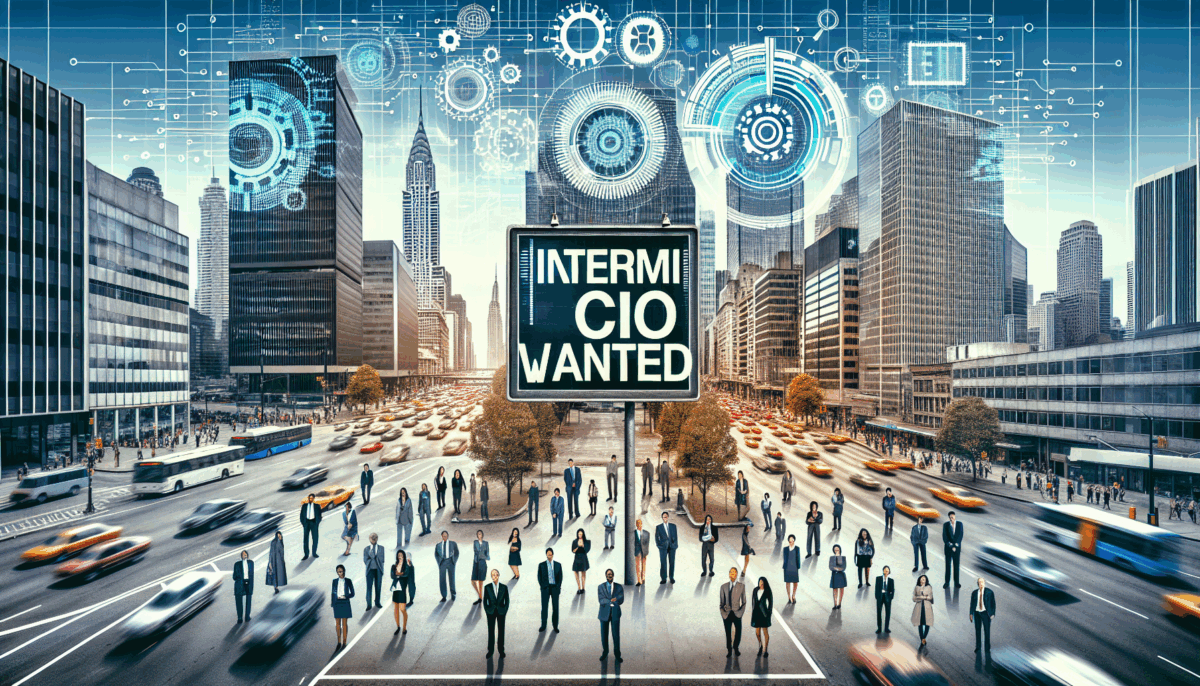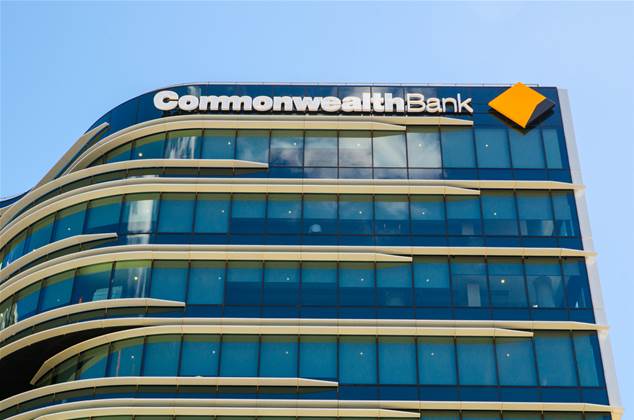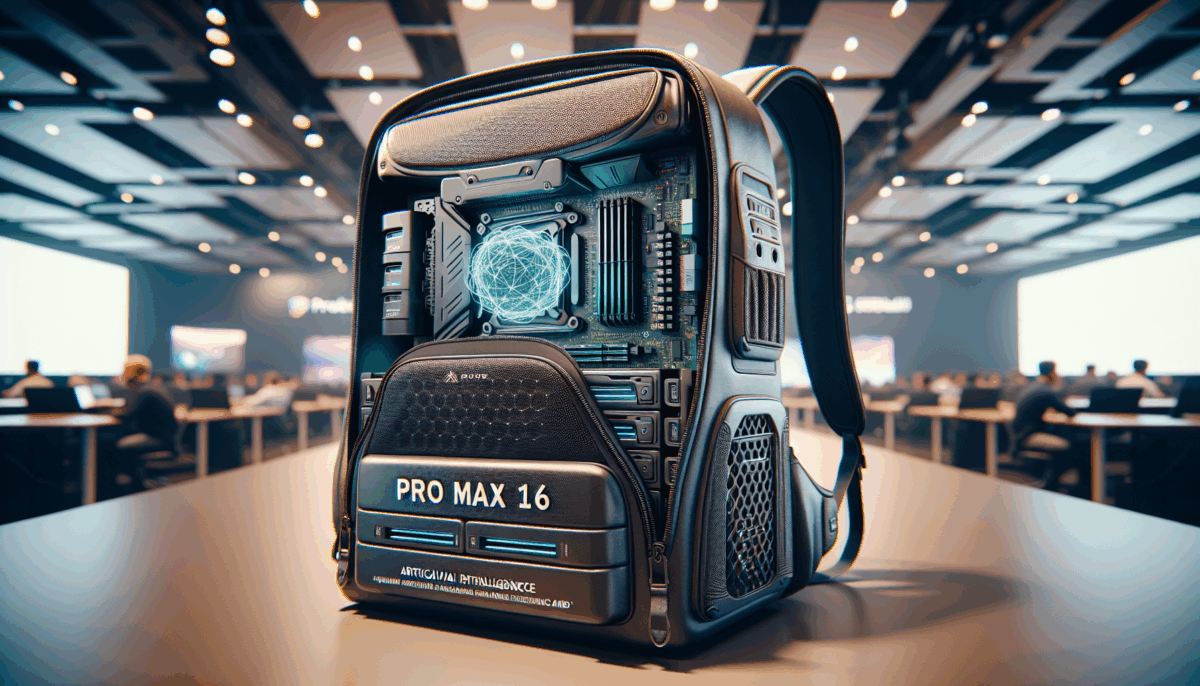Sydney Metro is Looking for an Interim CIO for Prompt Appointment
We independently review everything we recommend. When you buy through our links, we may earn a commission which is paid directly to our Australia-based writers, editors, and support staff. Thank you for your support!
Quick Read
- Sydney Metro is looking for an interim CIO for a duration of 18 months.
- This position relates to the development timelines of three significant rail network extensions.
- The CIO will manage digital transformation initiatives.
- There is a possibility for contract renewal.
- This role will report to the Chief Finance and Commercial Officer.
- Current expansions are anticipated to launch between 2026 and 2027.
- Outgoing CIO Craig Taprell is to be succeeded.

Role Overview
Sydney Metro is actively searching for a new Chief Information Officer (CIO) for an 18-month fixed term position. This role is aligned with the construction schedules of key expansions in the city’s rail network. The selected candidate will oversee the technological elements of the driverless train initiative, which is part of three major rail extensions.
Core Responsibilities and Reporting Lines
The interim CIO will be key in advancing Sydney Metro’s digital transformation. Reporting directly to Fiona Trussell, the Chief Finance and Commercial Officer, the CIO will be tasked with delivering exceptional IT services that are essential to the organisation’s operations.
Anticipated Developments and Timelines
The New South Wales government has outlined ambitious timelines for the Sydney Metro expansions. The South West expansion, running from Sydenham to Bankstown, is expected to commence operations in the latter part of 2026. Likewise, the Western Sydney Airport line is projected for an April 2027 launch, according to Sydney Metro’s annual report for 2023-2024. These projects are well within the 18-month duration of the new CIO contract, with options for extending as necessary.
Transition in Leadership
The new CIO will take over from Craig Taprell, who has been in the role since February 2024. Prior to Taprell, Tommy Cheung was the first CIO, appointed in 2021. Cheung returned to his position as Executive Director of IT Strategy and Transformation at Transport for NSW following a short tenure with the driverless train project.
Conclusion
Sydney Metro is on the lookout for an interim CIO to lead vital digital transformation projects related to the expansion of its rail network. This role is crucial for the successful completion of upcoming infrastructure initiatives, with the possibility of extending the contract as project demands arise.














